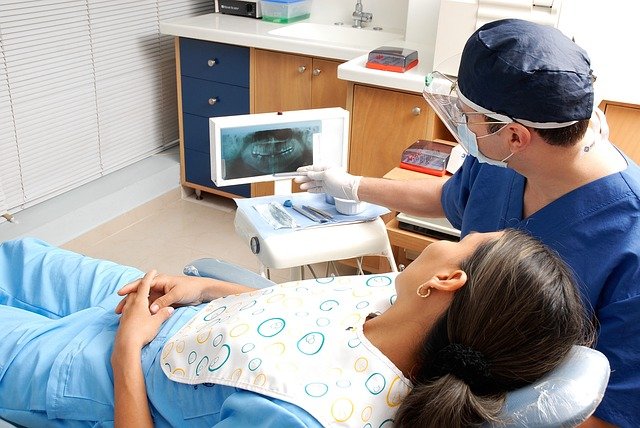Tasting the Future: Lab-Grown Meat and its Culinary Possibilities
Your next juicy, succulent steak might come not from a farm, but a laboratory. Welcome to the world of lab-grown or cultured meat – a breakthrough innovation in food technology that promises to revolutionize our dining experiences. Lab-grown meat is not a product of science fiction, but a reality that is making waves in the food industry. In simple terms, it is meat produced by cultivating animal cells in a lab, instead of rearing and slaughtering animals. Scientists extract a small sample of animal cells, usually through a painless biopsy, and then nurture these cells in a nutrient-rich culture medium that mimics the natural environment inside an animal's body.

The Culinary Applications
The potential culinary applications of lab-grown meat are limitless. From burgers and steaks to sausages and nuggets, any meat product can theoretically be replicated in the lab. The texture, flavor, and nutritional profile can also be controlled and optimized to create a product that is indistinguishable from, or even superior to, conventional meat.
Why It Matters?
Lab-grown meat could be a game-changer for many reasons. Firstly, it could help alleviate some of the environmental burdens associated with traditional livestock farming, such as greenhouse gas emissions, land use, and water consumption. Secondly, it could address animal welfare concerns by eliminating the need for animal slaughter. Lastly, it could ensure food security by providing a more sustainable and scalable source of protein.
Challenges and Opportunities
Despite its potential, lab-grown meat is not without challenges. The high production costs, regulatory hurdles, and consumer acceptance are some of the obstacles that need to be overcome. However, these challenges also represent opportunities for innovation and improvement. As technology advances and economies of scale kick in, lab-grown meat could become a mainstream food option in the not-so-distant future.
Did You Know?
-
The world’s first lab-grown burger, created by Dutch scientist Mark Post, cost a whopping $330,000 to produce in 2013. But the price has since dropped significantly and is expected to continue decreasing.
-
Cultured meat can be produced in a matter of weeks, compared to the months or years it takes to rear animals.
-
Companies like Memphis Meats, Mosa Meat, and Future Meat Technologies are leading the way in lab-grown meat technology.
In conclusion, lab-grown meat represents an exciting frontier in the culinary world. It’s a testament to the power of innovation and the potential of food technology to transform our eating habits and our relationship with food. While it may still be early days, lab-grown meat is a topic worth keeping an eye on as we navigate the culinary landscape of the future.




